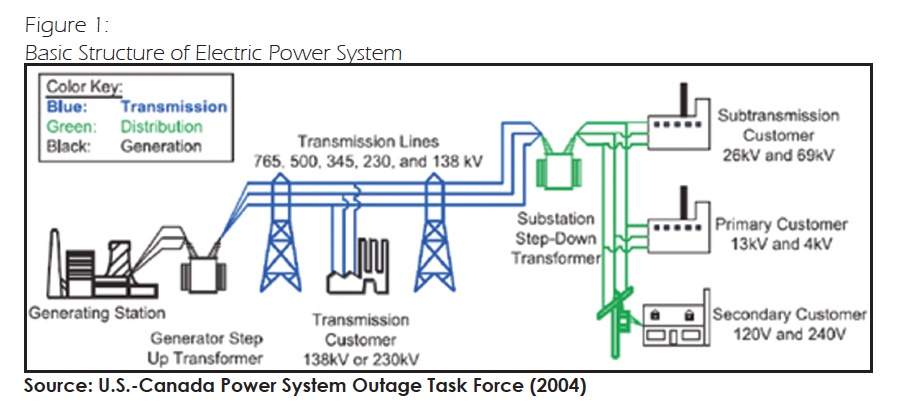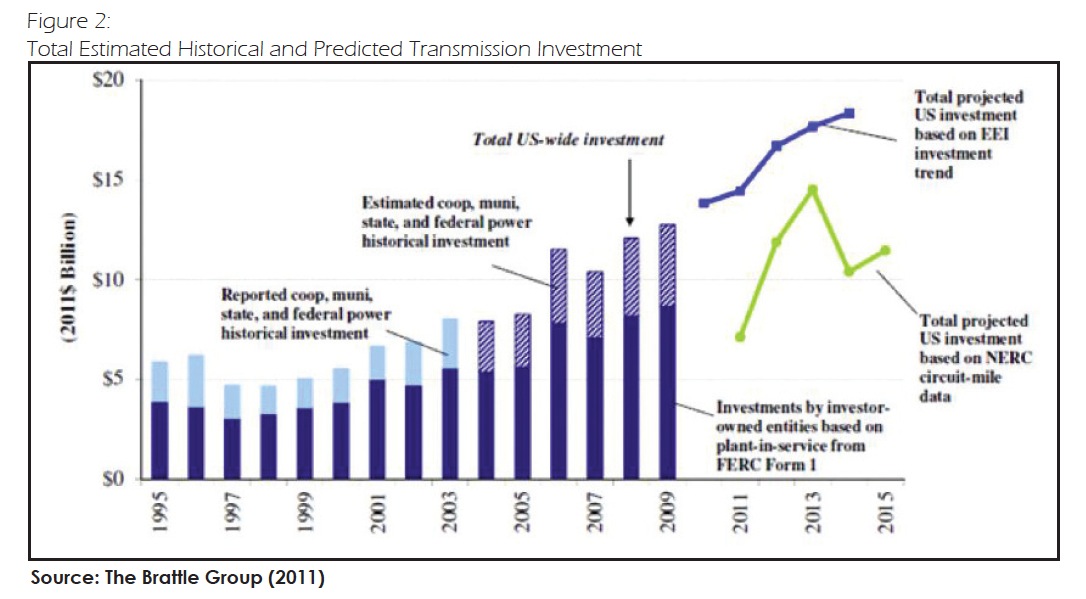CENTER FOR RURAL AFFAIRS
Executive Summary
A robust electric grid is vital to the health of any economy. Successful improvement of the decades-old infrastructure already in place will enhance reliability, allow for the seamless integration of renewable resources and account for heightened electricity demand.
This effort will open the door to new economic opportunities. Developing new transmission infrastructure will enable renewable energy projects that were otherwise too remote to be of significance. Because renewable resource development is most practical and cost effective in rural areas, these communities will realize the most potential.
This report examines the economic impact an expanded electric grid will have on the many rural regions that are rich in renewable resources. The following points highlight the need for an expanded transmission system while bringing attention to the foremost benefits that will result:
- The majority of transmission lines were constructed 30-50 years ago. Approximately 60 percent of circuit breakers and 70 percent of transformers are now over 25 years old.
- Over 275,000 MW of new wind projects remain unconnected due to a lack of available transmission.
- Power from conventional coal sources cost $68 per megawatt-hour, while power generated from wind projects built in high-resource areas cost $65 per megawatt-hour.
- With adequate transmission, up to 40 percent of electricity demand can be met by wind without adversely impacting grid reliability.
- Every $1 billion of U.S. transmission investment supports approximately 13,000 full-time equivalent years of employment.
- Annual wages associated with transmission construction average $65,300, compared to $33,760 across all industries.
- At least 100,000 MW of additional wind generation is needed to satisfy existing state Renewable Portfolio Standards. An additional 90,000 MW would be needed to meet a 20 percent federal Renewable Portfolio Standard. Approximately $210 billion to $400 billion will be needed in order to install the wind capacity necessary to meet these standards, creating 2.6 million to 5 million full-time equivalent years of employment.
In the past 4 years, jobs in the renewable energy sector grew nearly 8 times the amount of jobs associated with conventional energy.After years of underdevelopment the United States is now in position to improve upon a decades-old transmission network. The lack of grid development to date has hampered the development of many renewable energy projects as we have repeatedly forgone economic advancement in favor of the status quo. Opening the door to a new generation of renewable energy projects will bring opportunity to rural communities across the nation. A comprehensive effort to improve existing lines while strategically placing others is a critical step forward in the growth of a changing economy.
Download the full version (PDF): Connecting the Dots: Transmission and Rural Communities
About the Center for Rural Affairs
http://www.cfra.org/
Established in 1973 in an old store front in a Northeast Nebraska town of 1,000, the Center for Rural Affairs has grown to a national organization with 30,000 supporters across the country. We remain rooted in agriculture and rural communities to this day. Our staff live in rural communities of less than 5,000 or the countryside surrounding them. We have evolved into one of the nation’s leading rural organizations, known for our pioneering work to rebuild rural America and reform federal policy.
Tags: Center for Rural Affairs, Connecting the Dots: Transmission and Rural Communities








 RSS Feed
RSS Feed